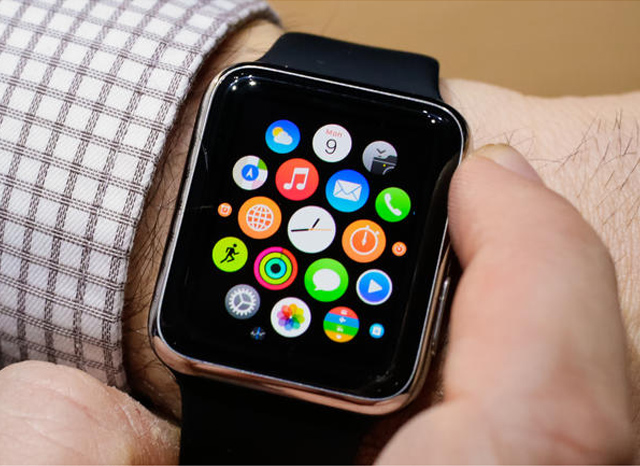How the Apple Watch will (and should) change your iPhone habits


Regardless of my own personal preferences, there's a common theme I noticed throughout many of the early Apple Watch reviews. Because the watch gets nearly all of its data and information from a connected iPhone, you're going to have to do some work on the phone to optimize your watch usage.
Apple Watch
I'm not talking about the watch apps, many of which are extensions of iPhone apps to begin with. Instead, you'll have to get a better handle on your iPhone's notifications, else you run the risk of hundreds of vibrations and buzzes on your wrist throughout the day. For one thing, those notifications get old real fast; I know this from experience with other smartwatches. Second is the battery life hit from all of that haptic feedback.
I found this out the hard way last year with Android Wear. Once my phone started pushing notifications to my wrist, it was like a river of interruptions that just kept flowing and flowing. At first, I had to get used to ignoring them because I kept glancing at the watch during social settings. My wife was quick to point out the message I was inadvertently sending to others around me: My repeatedly looking at my watch, people thought I was checking the time because I had other, more important places to be.
That's when I realized a notification purge was is order; something I think many Apple Watch buyers may conclude as well. Nilay Patel at The Verge suggests Apple's watch needs a little help in this area:
"There's no master switch to turn all notifications on and off, which is a huge pain. Like every smartwatch vendor, Apple needs to put a lot more thought into which notifications it's showing you and why."
That's no different than how Android Wear works with Android phones, although Android Wear watches do a have a mute function.
Farhad Manjoo makes a similar observation in his New York Times review of the Apple Watch:
"Finding nirvana with the watch involves adjusting your notification settings on your phone so that your wrist does not constantly buzz with information that doesn't make sense on the Watch -- like Facebook status updates, messages from Snapchat, or every single email about brownies in the office kitchen. Apple's notification settings have long been unduly laborious; battling them while your hand is buzzing off the hook is an extra level of discomfort."
I spent quite a bit of time honing my notifications once I bought a smartwatch, making sure only important mail arrived on my wrist, limiting text notifications to a few specific contacts and disabling Twitter notifications completely, to name a few of the steps I took. It's all about what information you deem is important enough to appear on something you're physically wearing. A mention on Twitter isn't one of those things to me. It's one of many notifications that can wait until I have time to pull out my phone, presumably not in a social setting.
What works for me may not be best for you, of course. But it's highly likely you'll need to clean up and manage the notifications on your iPhone if you buy an Apple Watch.
You really don't want to be seen constantly checking your watch -- or your phone, for that matter -- every time it buzzes, so get ready for a little extra effort before that Apple Watch arrives. Once you find the right balance, you'll get the most value out of Apple's newest second screen and maybe from your iPhone as well.